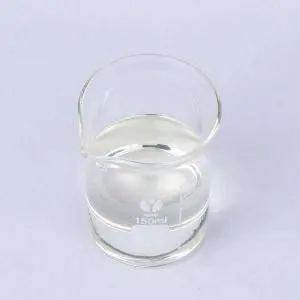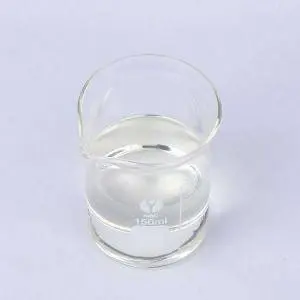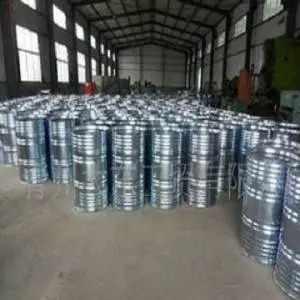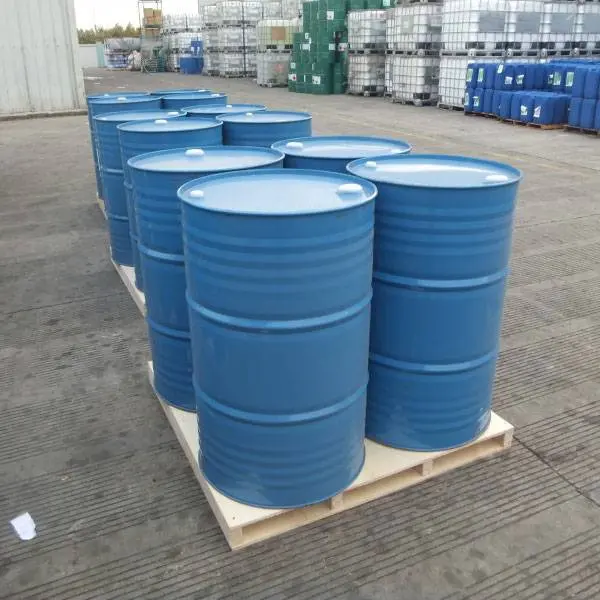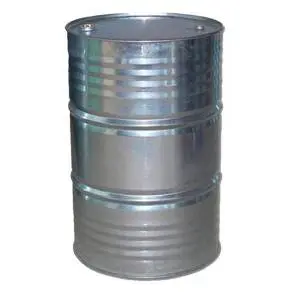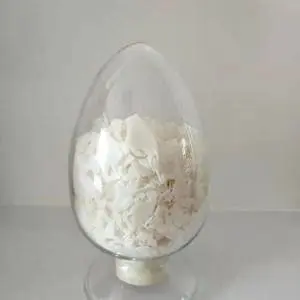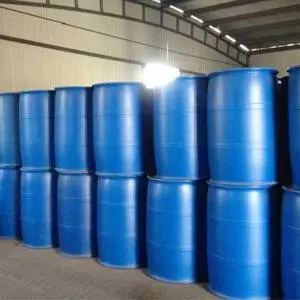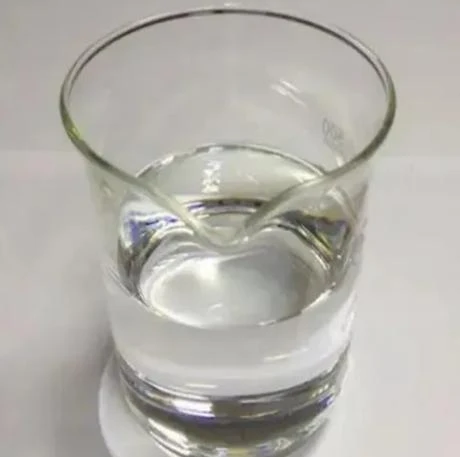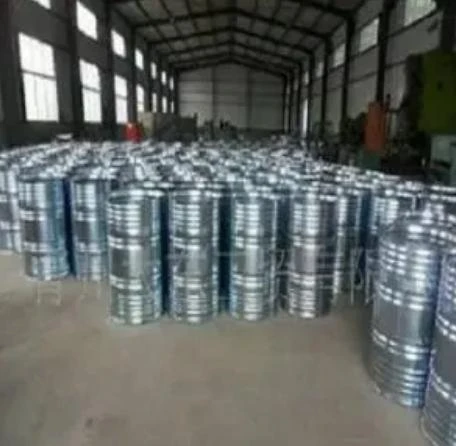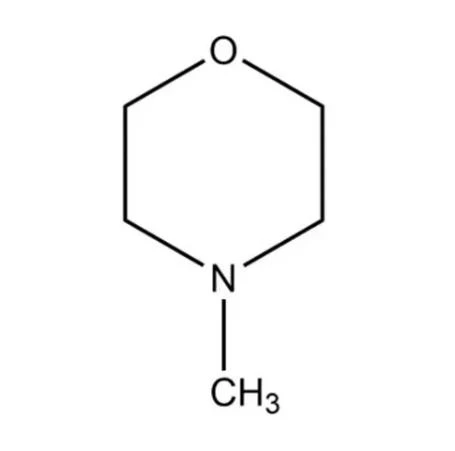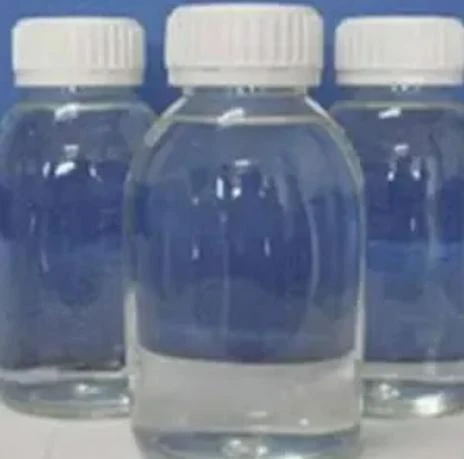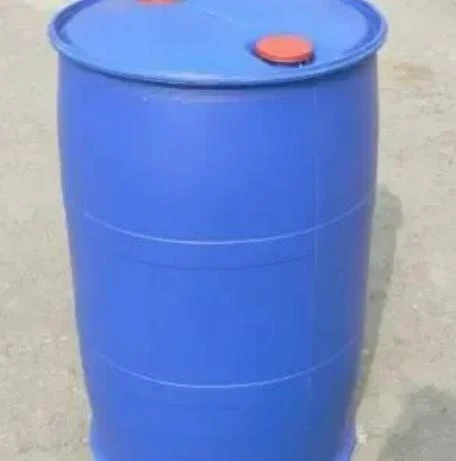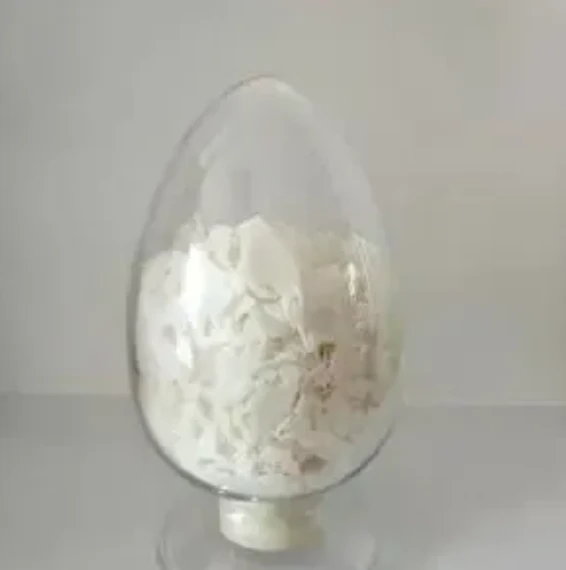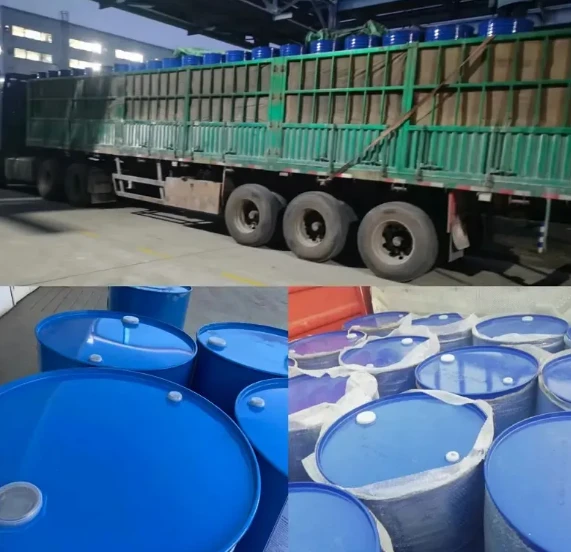High-Purity Dimethyl Formamide Solvent for Industrial Use
Dimethyl Formamide (DMF), also known as N,N-Dimethylmethanamide, is a versatile organic solvent with exceptional properties for industrial applications. With the CAS number 75-12-7 and molecular formula C₃H₇NO, this colorless, water-miscible solvent has a boiling point of 153°C and plays a critical role in chemical manufacturing worldwide.
Shijiazhuang Sincere Chemicals Co., Ltd.
Leading manufacturer of high-purity Dimethyl Formamide for industrial applications
Website: www.sincerechemicals.com
Email: sjzchx@sjzchx.com
Phone: +86 15075177560
Address: Jinling Mansions No.106-1 East Yuhua Rd., Shijiazhuang, Hebei, China
Product Overview
Shijiazhuang Sincere Chemicals specializes in manufacturing high-purity Dimethyl Formamide that meets rigorous industrial standards. Our DMF exhibits superior solvency power, low volatility, and high thermal stability, making it ideal for demanding applications in pharmaceuticals, polymers, and electronics manufacturing.

Technical Specifications
Name: Formamide
Molecular Formula: CH₃NO
Molecular Weight: 45.04 g/mol
CAS Number: 75-12-7
Density: 0.944 g/mL at 25°C
View Product Details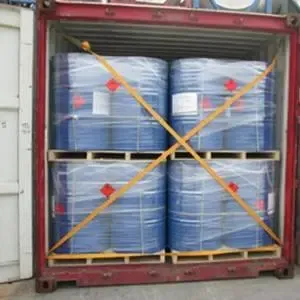
Quality Assurance
Our Dimethyl Formamide undergoes rigorous quality control processes:
- Minimum 99.8% purity
- Low water content (
- Trace metal content controlled to
- APHA color index below 10
- Stabilized against degradation
Technical Parameters
| Parameter | Value | Test Method | Significance |
|---|---|---|---|
| Boiling Point | 153 °C | ASTM D1078 | Determines distillation range and thermal stability |
| Melting Point | -61 °C | ASTM D1493 | Indicates storage and handling requirements |
| Flash Point | 58 °C (closed cup) | ASTM D93 | Critical for safety classification and storage |
| Vapor Pressure | 3.7 mmHg at 25°C | ASTM D2879 | Measures evaporation rate and volatility |
| Refractive Index | 1.4305 at 20°C | ASTM D1218 | Indicator of purity and molecular composition |
| Water Content | Karl Fischer | Affects chemical reactivity and stability | |
| Viscosity | 0.92 cP at 20°C | ASTM D445 | Influences flow characteristics and pumping |
Market Trends and Demand Analysis
The global market for Dimethyl Formamide is projected to reach USD 790 million by 2028, growing at a CAGR of 5.3% from 2023 to 2028. This growth is driven by increasing demand in electronics manufacturing for polyimide films and in pharmaceutical production for APIs synthesis. According to a recent report by the Chemical Industry Journal, Asia-Pacific dominates consumption, accounting for over 65% of global demand.
Industry Applications
Dimethyl Formamide serves as a critical component across multiple industries due to its exceptional solvent properties and chemical stability.
Electronics Manufacturing
Used in the production of flexible printed circuits and photoresist stripping solutions. DMF's ability to dissolve polyimides makes it essential in manufacturing insulating films for electronic devices.
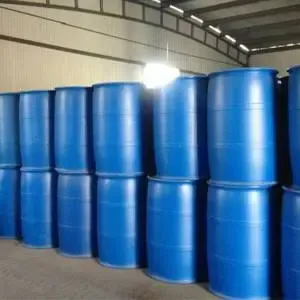
Pharmaceutical Synthesis
Acts as reaction medium in penicillin and cephalosporin production. The high solvency power enables efficient API crystallization processes while meeting strict purity requirements.
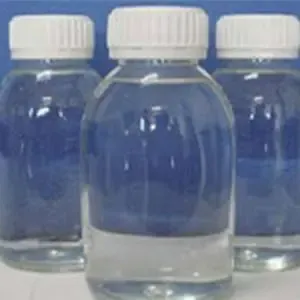
Synthetic Fiber Production
Essential solvent for acrylic fiber spinning, accounting for approximately 40% of global DMF consumption. Enables precise control of fiber morphology through phase separation techniques.
Agrochemical Formulations
Serves as co-solvent in pesticide emulsions and herbicide solutions. Its high boiling point provides stability during spray applications under varying temperatures.
Technical Analysis
Recent advances in Dimethyl Formamide purification technology have significantly improved solvent performance. A 2023 study published in the Journal of Solvent Science demonstrated that molecular sieve purification reduces amine content below 15 ppm, enhancing oxidative stability during high-temperature processing.
Technical Questions & Answers
Dimethyl Formamide should be stored in stainless steel or polyethylene-lined container111s away from oxidizing agents. Maintain temperatures below 40°C with inert gas padding (nitrogen or argon) to prevent moisture absorption and oxidation. Storage life is typically 24 months when protected from UV light and atmospheric contamination.
Use chemical-resistant gloves (nitrile or butyl rubber), eye protection with side shields, and vapor-proof aprons. Ensure adequate ventilation (TLV-TWA 10 ppm) and install explosion-proof electrical equipment in processing areas. OSHA regulations require air monitoring in facilities handling more than 55 gallons of Dimethyl Formamide.
Dimethyl Formamide viscosity follows an inverse exponential relationship with temperature. At 20°C, viscosity is 0.92 cP, decreasing to 0.55 cP at 50°C. This temperature sensitivity is critical for processes like fiber spinning where viscosity directly influences filament formation and diameter control.
High-purity Dimethyl Formamide (>99.95%) is achieved through fractional distillation under vacuum (50-100 mmHg) with packed columns providing >20 theoretical plates. The distillation front-run (light ends) and tails fractions are discarded to remove dimethylamine and formic acid impurities that form through hydrolysis.
While DMSO and NMP are sometimes substituted, Dimethyl Formamide remains preferred for reactions requiring higher boiling points (153°C vs. 189°C for DMSO) and lower nucleophilicity. For API crystallization, DMF offers superior polymorph control compared to acetonitrile or THF alternatives.
Dimethyl Formamide is classified as UN 2265, Class 3, Packing Group III under UN transportation regulations. Flash point (58°C) and LD50 oral toxicity (rat, 2800 mg/kg) determine this classification. Packaging must meet UN 1A1/Y1.5/150 standards for international shipment.
Industrial Dimethyl Formamide recovery typically employs multi-stage vacuum distillation followed by activated carbon treatment. Advanced plants utilize membrane separation (nanofiltration) achieving >95% recovery rates. Spent DMF with water content >15% requires azeotropic distillation using toluene as entrainer.
Industry References
- "Advances in Polar Solvent Purification Technology" - Chemical Processing Journal (2023)
- "Global Solvent Market Analysis 2023-2028" - Chemical Market Research
- "DMF in Pharmaceutical Synthesis" - Pharmaceutical Technology Review Vol. 47, Issue 8
- "Safety Protocols for Amide Solvents" - International Chemical Safety Board (2022)
- "Solvent Recovery Best Practices" - Green Solvents Initiative
Post time: Jul . 22, 2025 08:01




